Finding Even More Speed With Jordan Rapp's Data
 Wednesday, October 17, 2012 at 8:10AM
Wednesday, October 17, 2012 at 8:10AM First off, I have to say that I'm a huge fan of Jordan Rapp. One of my racing highlights was just seeing him on the run at IMTX. While I armchair quarterback what he should have done in Kona, I realize I'm talking about somebody that is far, far above my own talent level. Jordan could have crashed twice, had three flats, and run the marathon backwards and still beat me. That being said, you can't make an omelet without breaking some eggs, so let's get crackin'.
So, I'm re-reading this article about Sami Inkinen about how he wins nearly everything in his age group on just 12 hours of training a week. He won Wildflower, Kona 70.3, and the list goes on. The interesting thing about Sami is that he is extremely scientific in his training. He creates a spreadsheet of all his possible variables and keeps tweaking his life and training schedule until he gets the most speed out of the least amount of training. His scientific approach sounds a little similar to Jordan, actually. What struck me in particular is this quote -
Inkinen approached the heat problem likehe would any problem, including one in business. First, he talked to world-class experts,then he read as much as possible, and finallyhe tested what he had learned on himself andadjusted, just as a scientist would.Through this process, he discovered thatpace control was the key to performing wellin the heat—and in Hawaii.“Ali’i Drive is ridiculously hot for someone like me. I could go out in 6:45 miles, butif I run 45 minutes at that pace in that heatand there’s no wind, I’m totally toast,” Inkinen said. “I’ve tried it once and it’s done. Sothe pace control is the No. 1 thing.”In other words, when Inkinen reaches aparticularly hot section of the course in Konaor in any race, he holds back a bit. When hegets to a cooler section, he pushes the pace abit. In fact, he won the overall age-group raceat the 2011 Hawaii 70.3 by pushing the pacea little too much on the bike in the morning,when the air was cool, and then walking upthe run course’s short golf course hills, whichwere naked to the scorching sun.“Anything that was exposed and sunnyand uphill, I just walked,” Inkinen said. “Andit’s kind of funny because people were like,‘You can do it! Keep running! You can do it!’And I’m like, ‘No, actually, I’m not. I’m justgoing to walk.’ And I won the whole thing.”He used a similar approach to win the agegroup world title in Las Vegas.Inkinen also manages the heat throughhydration, insisting that he drink enough onthe bike so he hasn’t lost any weight by thetime he starts the run.“I always take as many water bottles as Ican at every single aid station. I know howmuch I need to hydrate,” Inkinen said. “I startfrom the first aid station onward. So it’s notlike I wait until I feel hot.”When he’s riding up a steep hill, he pourswater over his white arm coolers, and whenhe’s running, he periodically fills the armcoolers with ice.
Basically, the fastest way to get from point A to point B on a hot day is to go just a little bit too hard when it's cooler because you will have to go slower anyway when it's hotter. Leverage the temperature to your advantage against the competition because you can only go so fast when it's hot. If you are going to go too hard and have to slow down to regroup, might as well make the slow times when it's really hot and you couldn't have gone faster anyway.
Then, I came across this article detailing Jordan's power file on the bike. The author is claiming how great it is that Jordan went harder than usual on the second half of the bike.
"The impressive aspect about Jordan's Kona race was the 2nd half. In New York, the difference in watts between the first and second half was 27 watts, a 9% drop off. In Kona, Jordan managed his pacing much better and averaged only 8 watts less on the 2nd half, only a 3% difference."
Well, I'm seeing a glaring problem. It's 8 degrees hotter than his previous victories, yet he's going even harder than his previous races on the second half of the bike, which is in the hottest part of the day. Sami's strategy would say to do the opposite - If it's going to be really hot, go make the effort level between the first and second halves of the bike much more different. Go even harder than usual on the first half to put in time against your competition, then back off on the second half because heat is now your limiter, not ability.
Jordan himself said that he fell behind on the swim and spent then entire bike ride trying to catch up. A different strategy might have been to try even harder to catch up on only the first half of the bike, then start backing off as the day got hotter. When he hit the run, he would have finished the bike at the same time anyway, stayed cooler, refreshed his legs a little, and then have an even better run, pushing him up a few more places.
I wanted to share this interesting take on racing strategy with the readers so they too can think about how they might race better in hot conditions. It might or might not work for you, but it something to keep in the back of your mind and at least test out during some training sessions.
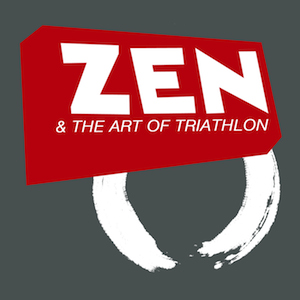

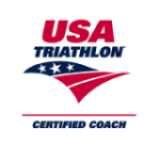




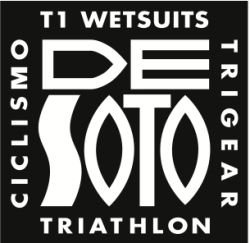


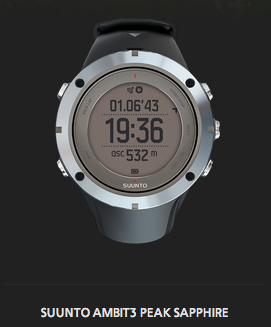
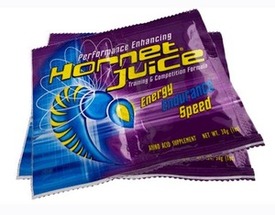


Reader Comments (1)
Unfortunately, you make a pretty significant error in trying to correlate bike pacing to run pacing. Convective cooling - the cooling that results from airflow over your body - is extremely significant in cycling. Overwhelmingly so. This being the primary reason it's much harder to maintain equal power riding inside as compared to outside for long durations; the waste heat you generate inside just sits there (even a good fan is no match for 25mph airflow). And even with relatively hot air, there's still significant cooling. But that isn't the case with running. Convective cooling is there, but not nearly to the same degree (pun intended).
You can actually see this pretty significantly if you look at standalone performances in both sports. Marathon times in really, really hot weather drop off quite significantly (look at Boston this year). But even bike races with really hot weather (the TdF has it regularly, but there are other races that are always hot), the TT performances exhibit relatively little fall off even in temperatures that would be essentially un-raceable for longer running races.
That isn't to say there isn't some benefit to positive splitting a bike ride, but core temperature management is not the reason to do so.